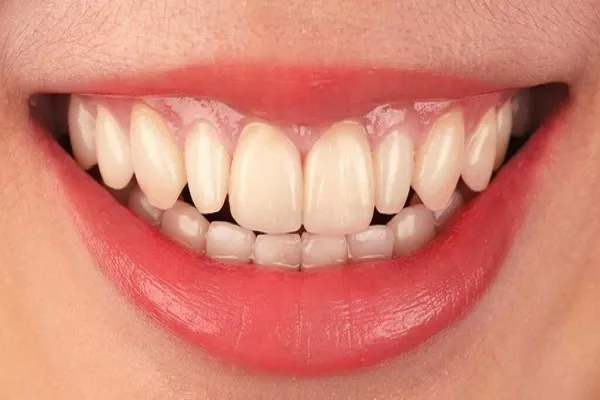In the world of oral health, the terms “gingivitis” and “periodontitis” often raise concerns among individuals who strive to maintain a healthy smile. While these conditions are distinct in their own right, a common question that many have is whether it’s possible to have both gingivitis and periodontitis simultaneously. This article delves into the intricacies of these dental maladies, explores their connections, and provides valuable insights into maintaining optimal oral health.
Understanding Gingivitis and Periodontitis
Before we address the possibility of coexisting gingivitis and periodontitis, it’s essential to comprehend these conditions individually.
Gingivitis: The Precursor to Periodontitis
Gingivitis is an early stage of gum disease, primarily characterized by inflammation and irritation of the gums. It typically results from poor oral hygiene practices, such as inadequate brushing and flossing. If left untreated, gingivitis can progress into a more severe condition, known as periodontitis.
Periodontitis: Advanced Gum Disease
Periodontitis is a more serious and advanced stage of gum disease. It occurs when gingivitis goes untreated and leads to the deterioration of the supporting structures of the teeth, including the bone. Periodontitis can result in tooth loss, gum recession, and various systemic health issues if left unchecked.
Can They Coexist?
Yes, it is indeed possible to have both gingivitis and periodontitis simultaneously. In fact, many individuals who suffer from periodontitis initially experience the milder symptoms of gingivitis. This progression highlights the importance of addressing gingivitis at an early stage to prevent the onset of periodontitis.
The Connection Between Gingivitis and Periodontitis
The relationship between gingivitis and periodontitis is a complex one, with gingivitis often serving as a precursor to the more severe periodontal disease. To comprehend this connection better, let’s delve into the key aspects:
Inflammation and Bacteria Accumulation
Gingivitis is primarily marked by the inflammation of the gum tissue caused by the accumulation of bacteria-laden plaque. If left untreated, the inflammation can lead to the destruction of gum tissue and bone, progressing to periodontitis.
Gingivitis as a Warning Sign
Gingivitis acts as a warning sign, alerting individuals to the presence of gum disease. If gingivitis is detected and treated promptly, it can often be reversed, preventing the progression to periodontitis.
Shared Risk Factors
Both gingivitis and periodontitis share common risk factors, including poor oral hygiene, smoking, diabetes, and genetic predisposition. It is essential for individuals with these risk factors to be particularly vigilant about their oral health.
Preventing and Managing Gingivitis and Periodontitis
To maintain optimal dental health and prevent the coexistence of gingivitis and periodontitis, consider these crucial steps:
Effective Oral Hygiene Practices
Brushing and flossing regularly and correctly are fundamental in preventing gum disease. Use an antimicrobial mouthwash to further reduce the bacterial load in your mouth.
Regular Dental Checkups
Dental visits are essential for early detection and treatment of gum disease. Dentists can provide professional cleanings and offer guidance on oral care.
Lifestyle Adjustments
Quit smoking, maintain a balanced diet, and manage systemic health conditions like diabetes to reduce the risk of gum disease.
Stay Informed
Educate yourself about the signs and symptoms of gingivitis and periodontitis, and don’t hesitate to seek professional advice if you notice any concerning changes in your oral health.
In conclusion, while having both gingivitis and periodontitis simultaneously is indeed possible, it’s not a situation anyone should aim for. Early intervention and vigilant oral hygiene practices are essential to prevent and manage these conditions effectively. By understanding the connection between these two dental issues, individuals can take proactive steps to ensure their oral health remains in top shape, safeguarding their radiant smiles for years to come.
Related Links:
Why bleeding gums during pregnancy?
Is gingivitis a bacterial infection?
How is gingivitis transmitted?






























